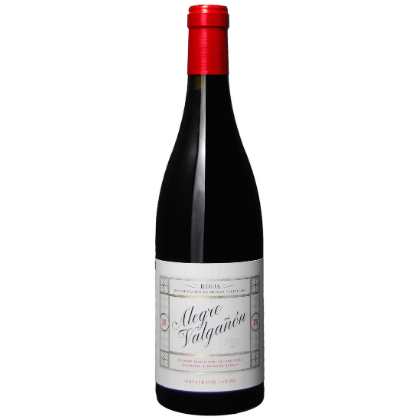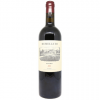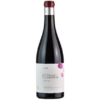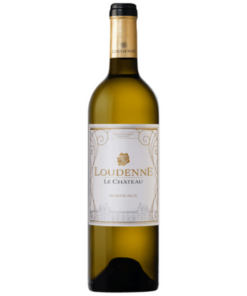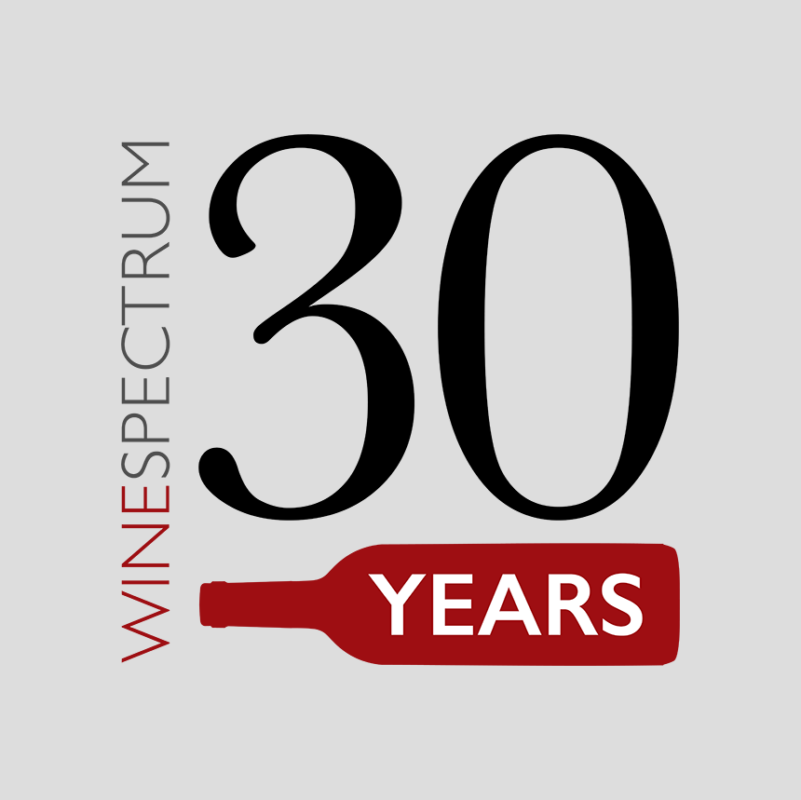2018 Alegre Valgañón Red Blend Rioja
$ 29.00
Questions? Ask a Wine Advisor
Shipping InformationWA93 The regular 2018 Tinto was produced with a blend of 80% Tempranillo and 20% Garnacha from different vineyards, mostly in the villages of Fonzaleche and Sajazarra at 500 to 600 meters in altitude. The grapes were very healthy in 2018, and they had a natural fermentation in concrete, oak and stainless steel, the Garnacha with some stems. It matured in oak vessels of different characteristics for 14 months. I see the effect of the Garnacha very clear in this vintage, as it has some aromatic notes—flowers and red fruit, a touch of iodine and something mineral (think wet stones)—that are common with the Garnacha bottling and also the new single-vineyard Carra Sto Domingo. The palate is medium-bodied, there is some tannin, softened by the Garnacha, and it’s juicy and round and finishes with a faint bitter twist. It follows the line of the 2016, perhaps a little fresher/less oxidative. Both this and the Blanco clearly overdeliver. 19,800 bottles produced. It was bottled in January 2020.
Estate Notes: This is a blend of roughly 75% Tempranillo from Obarenes northern foothills, and 25% Garnacha from Cardenas (southern foothills). The grapes are fermented primarily in wooden vats using at least 25% whole bunches and given a 30+ day maceration. The wine is then aged in a mix of used French barriques and larger oak.
Alegre Valgañón is located in far Western Rioja, at the base of the Obarenes Mountains. Owned by husband and wife team, Oscar Alegre (cut his teeth working with Alvaro Palacios and Telmo Rodriguez, rockstars of modern Spanish winemaking) and winemaker, Eva Valgañón the winery was started only in 2010. Soils here are similar to those in Alavesa /Alta, with a lime-rich marl base. Sandstone (and sand) become bigger components in vineyards closer to the mountain bases.
Oscar and Eva take a village approach to making Rioja wines. For the most part, they work in a handful of small villages and pueblos in the foothills of Montes Obarenes in Rioja’s remote northwest.
Just 100km inland from the Atlantic, it’s a perfect expression of Rioja’s Continental-Atlantic duality. The vineyards are at around 600 metres altitude on chalky soils.
Their key vineyard, ‘la Calleja’, is part of the Valgañon family farm in Fonzaleche. This pueblo of 80 people, way out west of Haro, has the last vineyards of Rioja as you depart for Burgos. This is hilly mountain country, with lots of stone high up in cold soil, producing light and fluid wines with excellent acid structure.
| Varietal | |
|---|---|
| Vintage | |
| Appellation | |
| Winery_Name | |
| Wine_Type | |
| Size | |
| Rating |
Related products
Sauvignon Blanc
2020 Mondavi Spotlight Collection Stags Leap Sauvignon Blanc
Sparkling Wine
Red Blend
Eclectic Whites
Cabernet Sauvignon
French Wine
Red Blend


